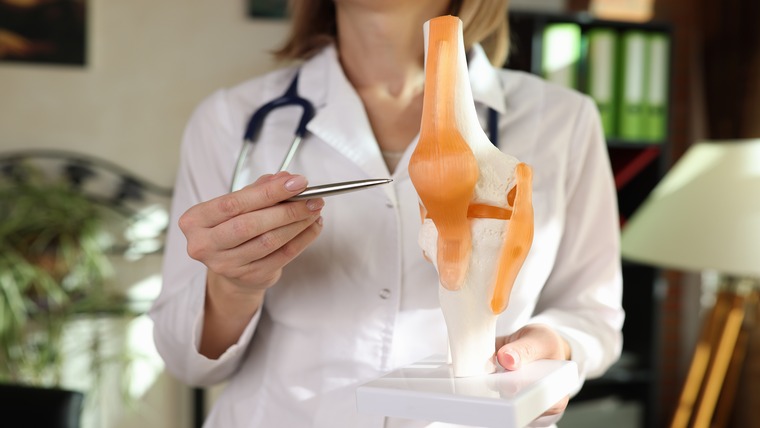
What is Hip and Knee Arthroplasty (Prosthesis)?
Hip and knee arthroplasty is a surgical procedure performed to rebuild or replace a joint in cases where joint damage is severe. This procedure is usually performed to relieve pain and improve mobility caused by degenerative joint diseases such as arthritis, traumatic injuries, or structural deformities in the joint. The damaged part of the hip or knee joint is removed and replaced with a prosthesis made of metal, ceramic, or plastic. This prosthesis mimics the natural movement of the joint and significantly improves the patient's quality of life.
About Hip and Knee Arthroplasty (Prosthesis) Application
Hip and knee arthroplasty is a surgery that is usually decided based on the patient's complaints, physical examination findings and radiological imaging results. This procedure is suitable for patients who have severe joint pain and limited movement and who do not benefit from conservative treatment methods. During the surgery, the damaged joint surfaces are removed and a prosthesis of the appropriate size and type is placed in its place. The post-operative rehabilitation process is very important for the patient to adapt to the prosthesis and return to normal mobility.
Who is a Hip and Knee Arthroplasty Specialist and What Are Their Duties?
A hip and knee arthroplasty specialist is a surgeon who specializes in orthopedics and traumatology. This specialist has in-depth knowledge and experience in joint diseases and prosthetic applications. His duties include evaluating patients, making surgical decisions, surgical planning, prosthetic application and post-operative follow-up. In addition, informing patients before and after surgery and planning the rehabilitation process are also among the responsibilities of this specialist.
What are the Types of Arthroplasty?
Arthroplasty is the process of replacing a part or all of a damaged joint with a prosthesis. Types of arthroplasty vary depending on the joint area applied and the type of prosthesis used.
The most common types of arthroplasty are:- Total Hip Replacement: Replacing the entire hip joint with a prosthesis.
- Total Knee Replacement: Replacing the entire knee joint with a prosthesis.
- Partial Hip or Knee Replacement: Replacing only the damaged part of the joint with a prosthesis.
- Revision Arthroplasty: Corrective surgery performed when a previously applied prosthesis is damaged or has lost its function.
What is Total Hip Replacement?
Total hip replacement is the removal of the entire hip joint and replacement with an artificial joint (prosthesis). This surgery is usually performed to treat damaged joint surfaces caused by conditions such as advanced osteoarthritis, rheumatoid arthritis, or a hip fracture. Total hip replacement involves both the femoral head and the hip joint socket, called the acetabulum. After surgery, patients are usually able to walk without pain and return to their daily activities.
What is Total Knee Replacement?
Total knee replacement is the removal of all surfaces of the knee joint and replacement with an artificial joint. This surgery is usually performed to treat severe damage to the knee joint caused by osteoarthritis, rheumatoid arthritis, or trauma. Total knee replacement involves the articular surfaces of the femur, tibia, and in some cases, the patella. After surgery, patients usually experience a significant decrease in pain and increased mobility.
What is Done During a Hip and Knee Arthroplasty (Prosthesis) Examination?
The hip and knee arthroplasty examination begins with an evaluation of the patient's complaints and joint condition. During the examination, the patient's mobility, joint deformities and pain level are evaluated. In addition, imaging techniques such as X-ray, CT and MRI are used to determine the extent of damage to the joint. As a result of the examination, a decision is made about the necessity of surgical intervention and the type of prosthesis to be applied. In this process, informing the patient about their general health status, post-operative expectations and rehabilitation process is also an important step.



